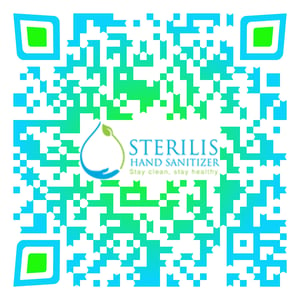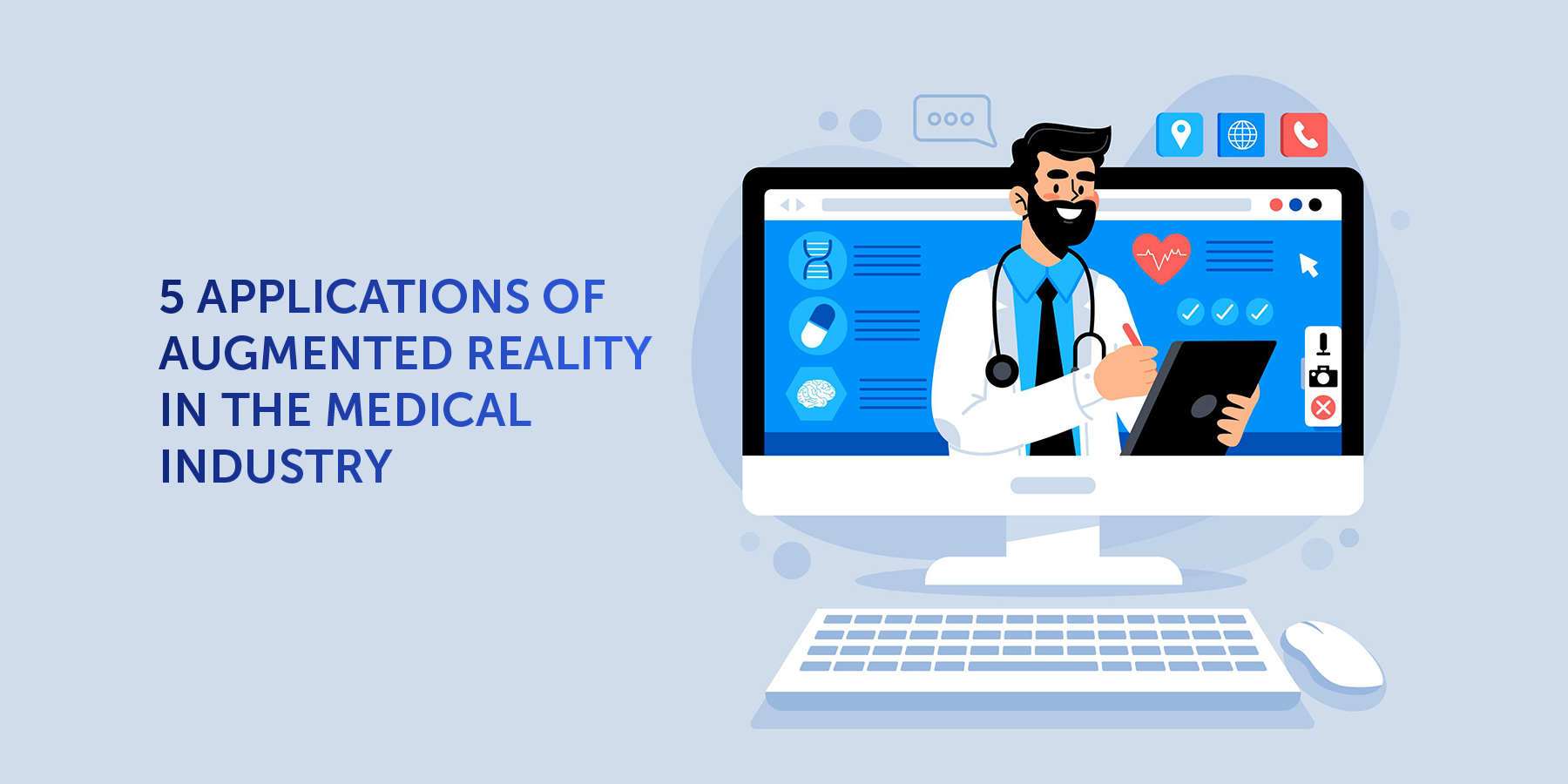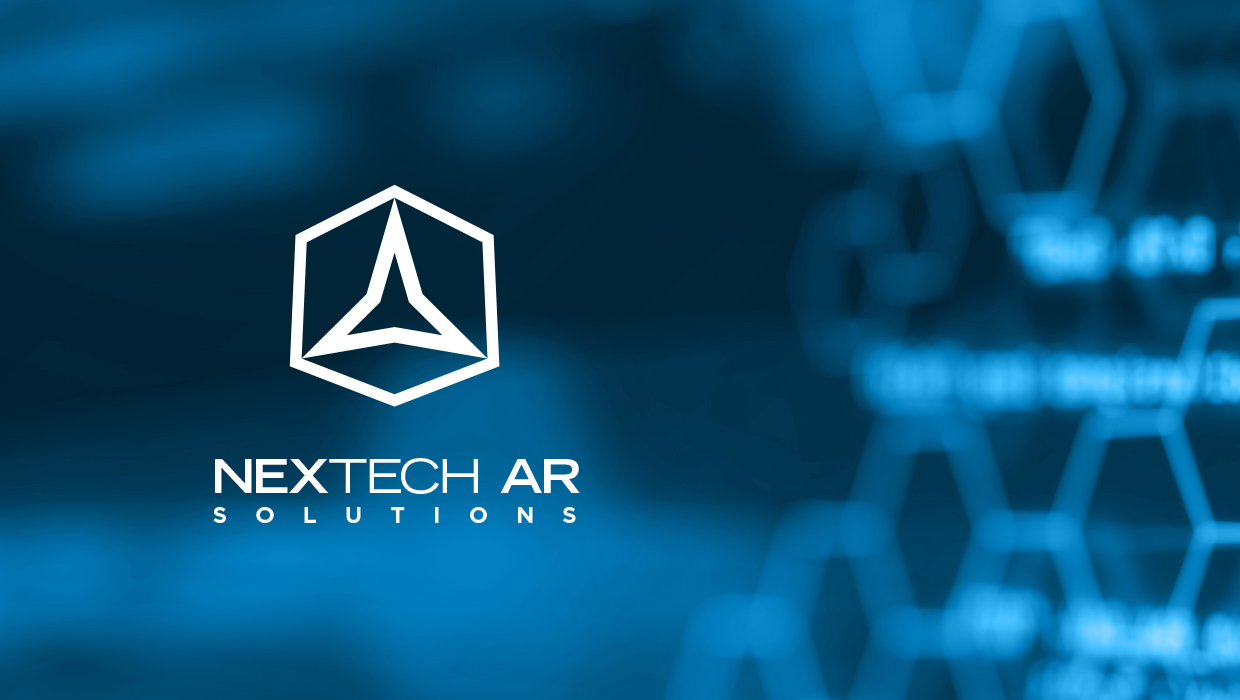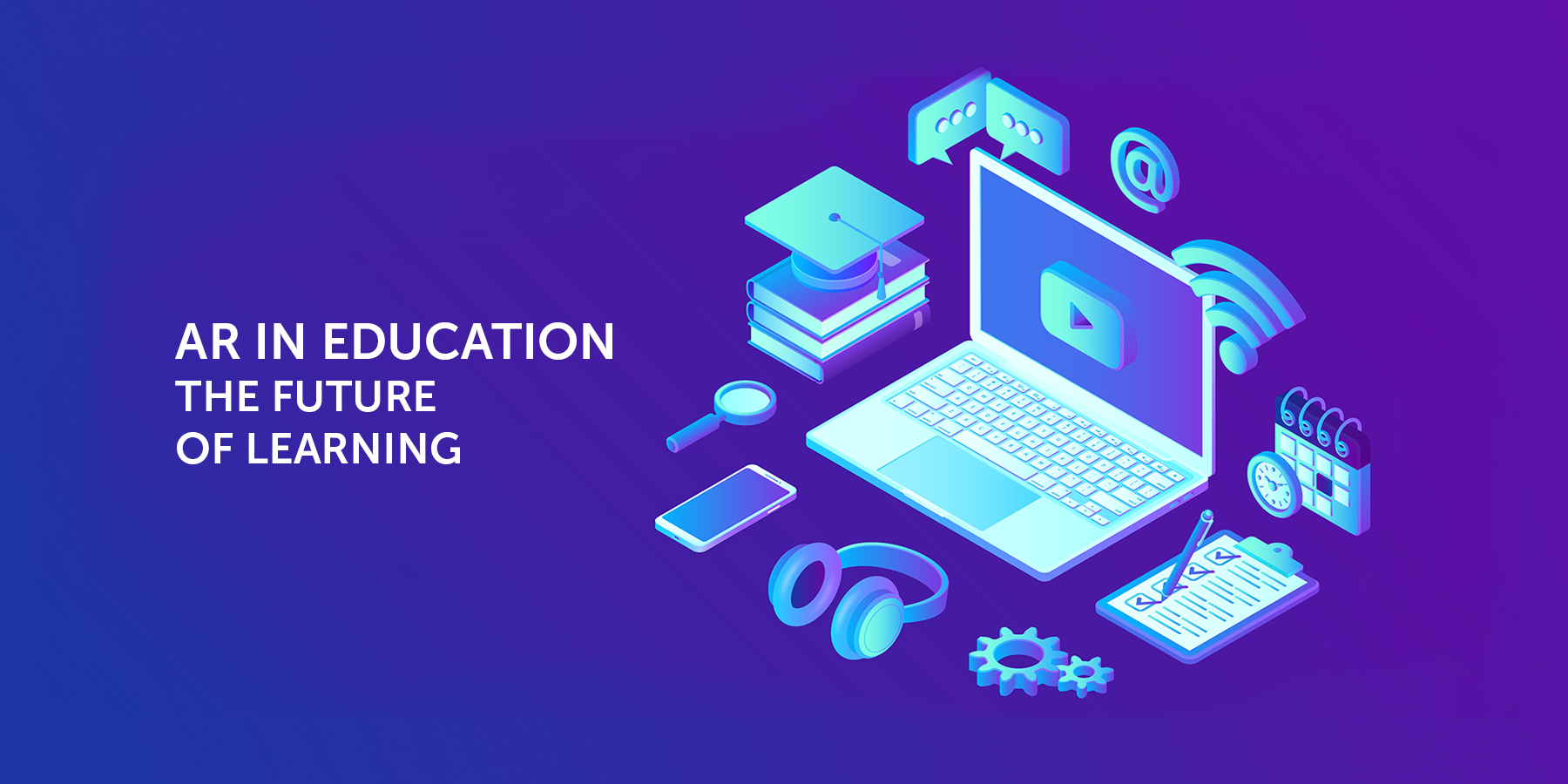Student Learning
Learning plays a crucial role in molding future doctors and medical professionals. Learning from a book has its limitations, and doctors can’t take on real-world operations or consultations without proper guidance and training. As a result, the learning phase in the medical field is often lengthy.
However, AR can completely change how students learn and comprehend medical concepts. Using 3D models and interactive AR elements, they can gain a better understanding of various medical science concepts.
The collaboration between Microsoft and Case Western Reserve University is a perfect example of an innovative approach to learning through AR. Instead of cadaver-filled laboratories, medical students at the university now use AR headsets to examine the body's organs and systems. With simple hand gestures, students can rotate the holographic body part, zoom in, and get a better view of things.
Another great example that showcases student learning is the collaboration between Nextech AR Solutions and Ryerson University! This incredible platform, titled the Ryerson Augmented Learning Experience (RALE), showcases the numerous benefits of augmented reality for student learning. While RALE focuses on first-year chemistry and biology labs, the technology has limitless application opportunities, including medical school curriculum.
Medical Equipment Training
By using the power of augmented reality hologram learning objects, companies, hospitals, universities or suppliers can deliver an immersive, engaging product training experience. When using a 3D hologram, it feels just like having a product sample at your fingertips. Trainees can cast 3D holograms of medical equipment into their environment, and interact with the product by rotating, pinching, zooming, and receiving information about product parts and functions.
Holographic lessons are richer forms of education and training. They provide a greater depth of access to the tools and information necessary to take away a deeper understanding of any subject matter. A great example which showcases medical product training, is Nextech's AR-enhanced interactive product walkthrough for Sterilis Solutions, which was used to introduce their medical waste remediation units to labs.

Try it out for yourself! Scan the QR code, download the ARitize app and beam the AR product into your space. Interact with the Sterilis product by pinching, zooming, rotating and pressing the buttons for more information.

Remote Collaboration
Two minds are better than one. That is why we see even veteran doctors consult with their peers before performing complex surgeries. With AR, it is possible to simplify and improve this collaboration.
When a surgeon needs help to perform a complicated surgical procedure, they could immediately stream a council to the operating table through AR. While advisors see a high-quality live stream from the surgeon’s AR device, the surgeon can see advisors unobtrusively, take advice from them, and perform the procedure successfully.
Such solutions are more useful and cost-efficient than having an expert panel on standby within the same vicinity. Considering the surgeon shortage the world is experiencing today, AR offers a cost-effective alternative to seek expert assistance.
Proximie is an AR company that puts this technology into practice. They’ve developed an app that lets a specialist guide their colleague in real-time with AR tools.
Medical Reconstructions
Doctors can significantly benefit from 3D representations of the patient’s body and organs. By superimposing CT or MRI data during a surgical procedure, AR can offer vital information to help surgeons navigate to a particular organ with better precision.
For example, before performing minimally invasive surgeries such as tumor removal, surgeons can pinpoint the location of tumors, identify surrounding structures, and plan the procedure that involves minimal risk of complications.
Ecopixel is a company that utilizes AR to create surgical imaging accessible via Mixed Reality headsets. The company claims that they have created 3D organ reconstructions from medical images to real-world quality representations.
Patient Experience
Apart from doctors, AR technology can also bring benefits to patients. With high-quality 3D images, doctors can educate patients about the impact of particular diseases more effectively. With AR, it is also possible to reduce the chances of missing the vein during intravenous injections (IVs) and associated pain.
AccuVein leverages AR to offer a similar solution. Using a handheld scanner, doctors and nurses can quickly locate the vein on the patient’s skin. The solution not only helps in enhancing the skills of medical professionals but also reduces patient discomfort.
AR technology is equally helpful during the patient’s aftercare. Upon leaving the hospital, patients can easily connect with physicians for remote counseling sessions. AR apps can further help patients remind them about taking medicines timely and keeping track of their vital stats engagingly.
Medical Conferences
The global pandemic has forced every industry, including the medical industry, to reimagine the way we connect and collaborate. While events across the world were impacted in 2020, many medical conferences were either shifted online or were cancelled. Virtual events platforms can not only play a significant role in facilitating productive collaboration between medical professionals, but also allow event organizers to reach a broader, global audience. By removing physical venues, many barriers to attendance are eliminated, including travel and cost limitations.
Get a sneak peak of the National Association for Medicaid Program Integrity (NAMPI) 2020 Virtual Conference, powered by Nextech AR Solutions:
But it doesn't stop there. Augmented reality is already reimagining medical conferences. Virtual events platforms with the capability of AR integration provide a multitude of benefits. Through AR, event organizers can create immersive, interactive experiences such and virtual stages, virtual booths, product demonstrations, human holograms and more! The best part? Attendees can enjoy these virtual experiences from ANYWHERE, including the comfort of their own homes.
Final Thoughts
From helping young minds to learn better and faster to aiding doctors in making their jobs easier, and connecting medical professionals around the world through virtual events, augmented reality can propel the medical industry to new heights. With the growing adoption of AR in the medical industry, we will witness several other novel applications of the technology.
Are you interested in hosting a medical conference or leveraging AR technology? Reach out to us or schedule a demo to see what AR can do for your business.







